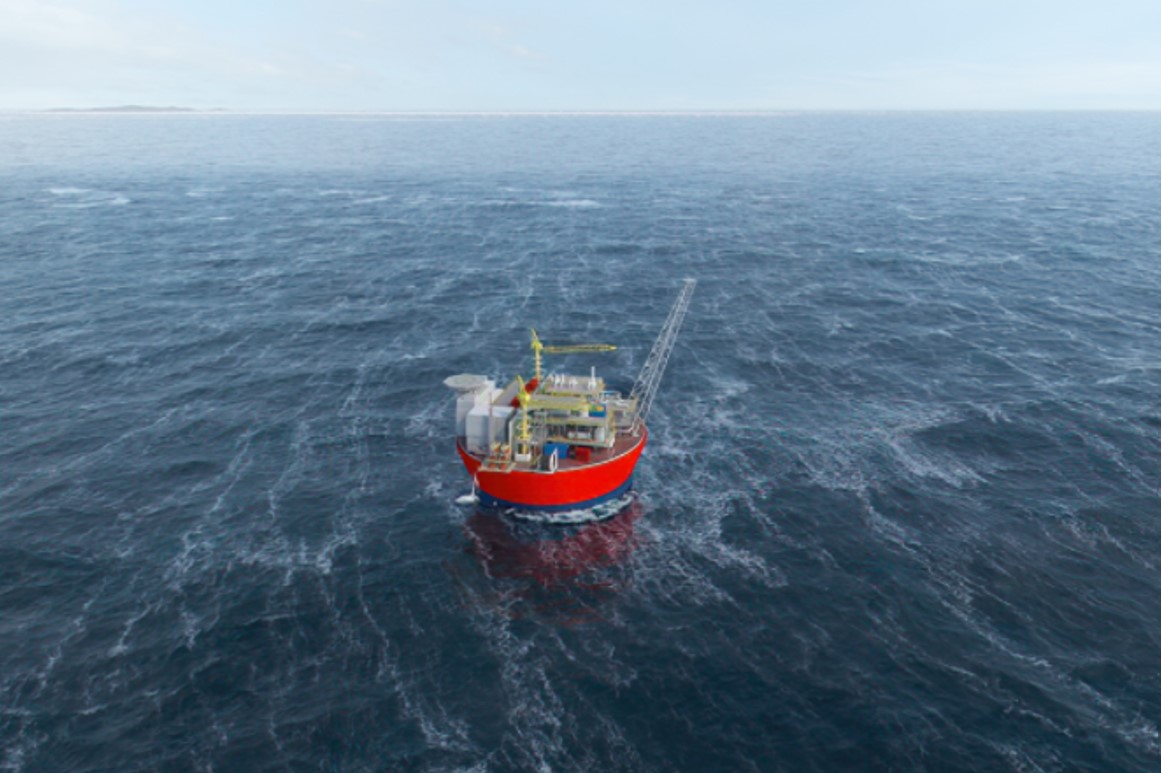Situated only 250 m below the seabed, few people believed that the very shallow Wisting prospect could hold up to 500 MMboe recoverable. Until OMV drilled 7324/8-1 in 2013, which proved an oil leg in the Jurassic Stø Fm and the underlying Upper Triassic Fruholmen Fm.
For more information about the geology of Wisting, see this presentation from OMV.
What the discovery of the N05-A field meant for the Dutch sector, is the Wisting find for the Barents Sea. In both cases, it was a small newcomer that challenged existing beliefs, ultimately resulting in commercial discoveries. In the Barents Sea, it was Spring Energy – later taken over by Tullow – that pressed for the application of the block that became PL537 upon award.

Almost thirteen years later, Equinor (operator) and Lundin are now the main stakeholders in the Wisting discovery, with Idemitsu and Petoro still holding a share (10% and 20% respectively).
Yesterday, Equinor presented the impact assessment for development and operation of Wisting. This is a report outlining how the investments required for the development and the operational costs will be spent and who benefits from it. The subsequent plan for development and operation is scheduled to be completed at the end 2022.
Equinor aims to spend at least 50% of the investment costs to the benefit of Norwegian suppliers whilst splitting the onshore workforce between Hammerfest and Harstad.
The preferred development concept consists of a circular FPSO. Due to a lack of gas in the reservoir itself, the FPSO will be powered through a 340 km long cable from shore. This also means that emissions will be minimal during the expected 30 years of production life of the field.
Mariner and Wisting
With Equinor and partners committing to spend between 5 and 6.3 billion GBP on Wisting, a comparison with another major investment is quickly made. The Mariner heavy oil project in the UKCS, which is also operated by Equinor, required a similar investment as Wisting and recently featured in the news because of a significant reserves downgrade from around 275 MMboe to 180 MMboe.
With both reservoirs being heavily compartmentalised, it is hoped that a similar issue will not arise in the Barents Sea. It must however be said that even though Wisting is shallower than Mariner, the oil in Wisting is lighter than Mariner (36 API versus 12-14 API respectively). In addition, as the initial estimated recoverable resources at Wisting are almost twice as high as Mariner with the investments about the same, there seems to be some more room for the odd surprise in the Barents Sea.
HENK KOMBRINK





